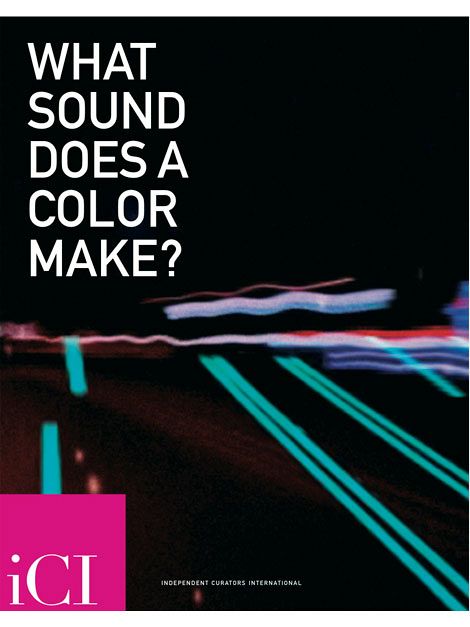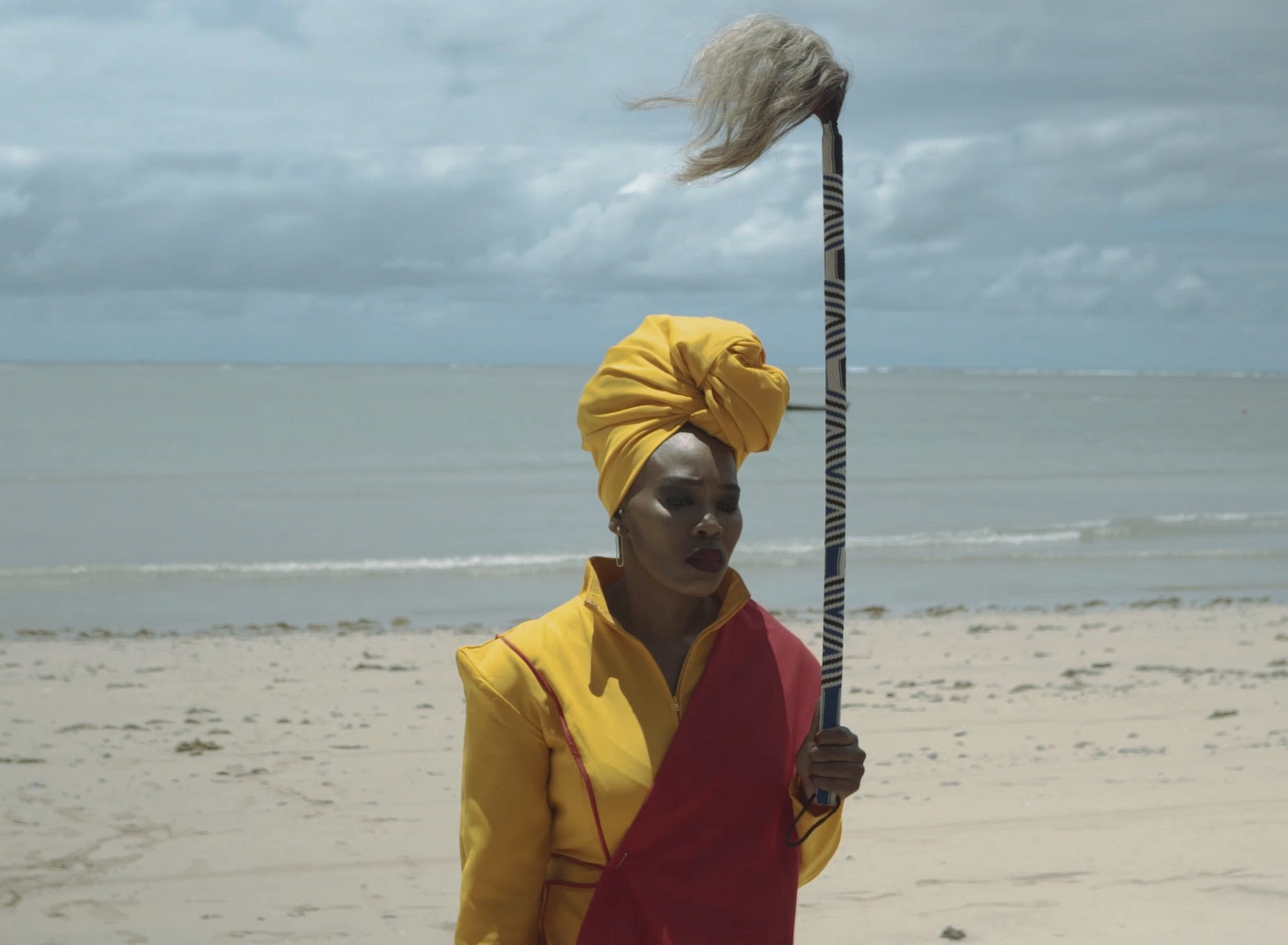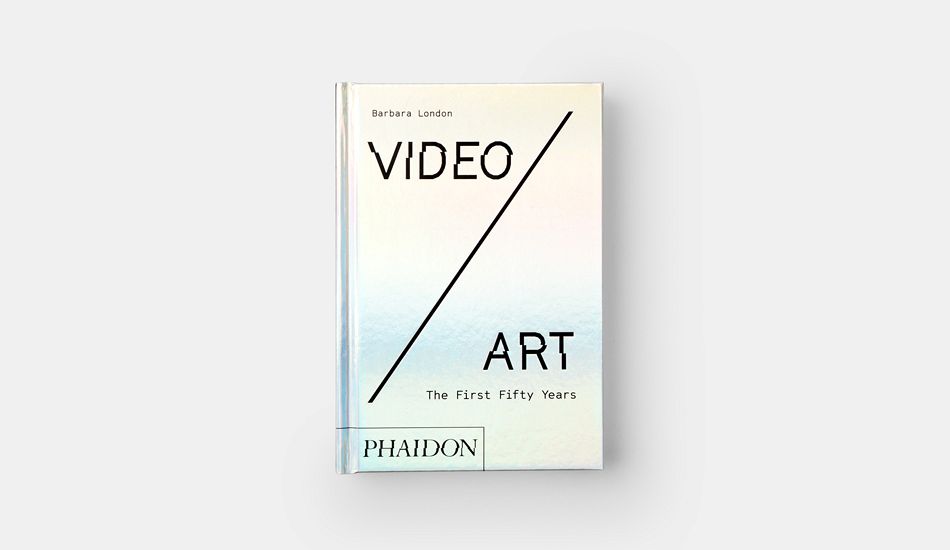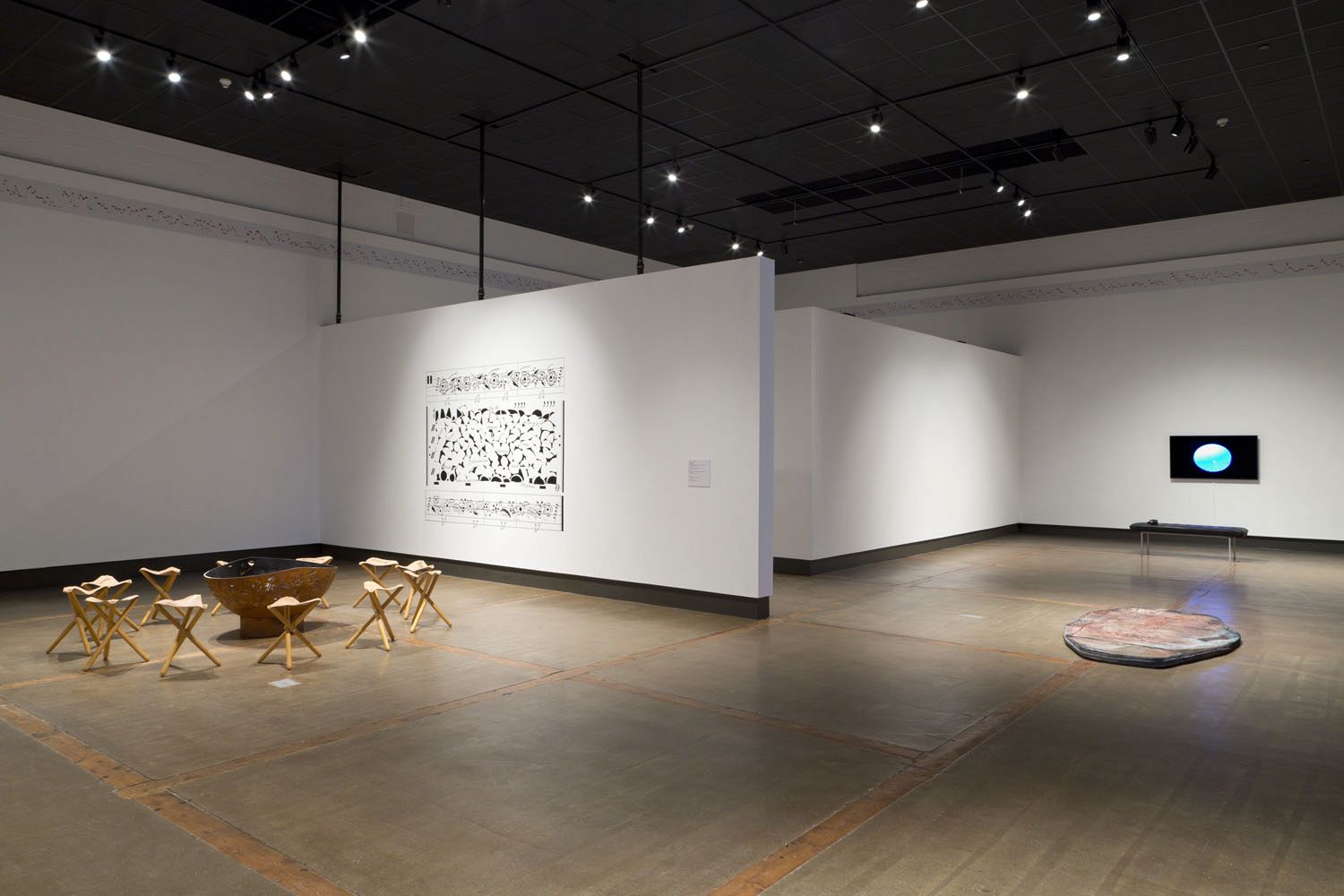For some people, a stimulus to one of the five senses evokes the sensation of another sense, as when hearing a sound produces the visualization of a color. For contemporary audiovisual artists, the possibilities inspired by this phenomenon, known as synesthesia, have expanded with the advent of recent digital technologies that translate all electronic media, whether sounds or moving images, into the zeros and ones of computer bits. The exhibition features several sensuous new media environments that fascinate both technophiles and general audiences alike, heightening awareness of human perception and cognition. Exploring the fusion of vision and sound in electronic media, What Sound Does a Color Make? connects the recent boom of digital audiovisual art to its pre-digital roots by presenting ten contemporary works by an internationally diverse group of artists with a selection of single-channel videos from the 1970s.
United by similar and overlapping premises, the works in the exhibition are widely divergent in their results. They range from large-scale immersive installations with moving forms that morph to corresponding tonal compositions, to discrete DVD stations inviting viewers to access electronic music pieces in different combinations with videos. One of the recent works by Jim Campbell presents a portrait of a colleague who uses sound in his own art. Here, an LED grid is activated by playing a recording of that man’s voice, and the gridded lights resemble pixels that gradually build up an image of the man, with his voice’s high tones representing white and the low tones representing black. Another contemporary work is an interactive installation by D-Fuse, a London-based collective of artists and musicians, which layers different music soundtracks onto dynamic video clips, creating a distinctive audiovisual experience. The earlier works from the 1970s, by such pioneers of video art as Nam June Paik, Steina Vasulka, and Gary Hill, place the current interest in synesthetic media art in a broader historical context, offering a unique perspective on this phenomenon. The exhibition will encourage a high degree of individual engagement and self-reflection, as well as further thought about the ways that visual and aural stimuli are electronically, digitally and perceptually connected.












